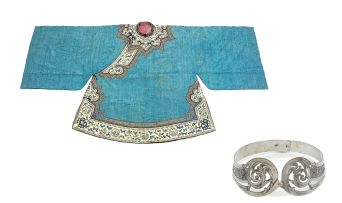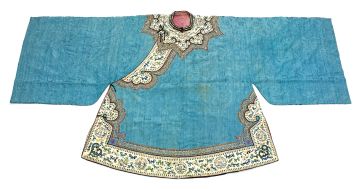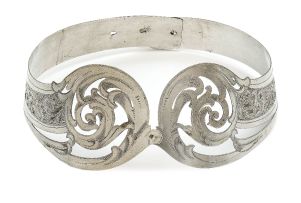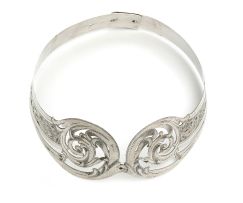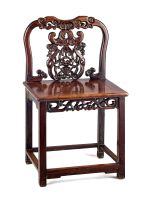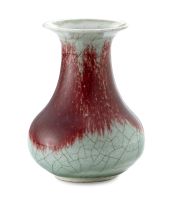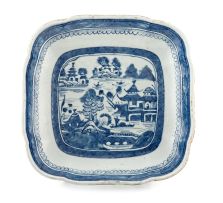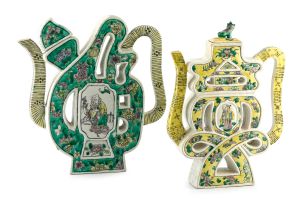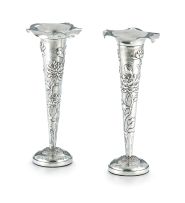Important South African & International Art, Decorative Arts & Jewellery
Live Auction, 10 October 2016
English, Continental, Oriental and Cape Silver, Furniture and Decorative Arts
Incl. Buyer's Premium & VAT
About this Item
Notes
This robe and belt were worn by Monika Pon-su-san for the portrait of the Chinese Girl.
According to Boris Gorelik:
"Although the collar of the traditional tunic that we see in Tretchikoff's most famous work is coloured golden and the rest is not painted in at all, it looked significantly different in real life.
'The true colour of the top that I wore was blue and pink,' recounts Monika Pon-su-san, Tretchikoff's model for this painting. 'He made up the yellow. It was a delicate, almost transparent silk-chiffon gown he had brought from China.'
The actual colours can be seen in the second portrait of Monika that Tretchikoff produced in Cape Town in 1952, also entitled the Chinese Girl.
The 19th-century broad-sleeved garment from the Tretchikoff family collection matches Monika's description.
'The lotus-shaped collar in the two versions of Chinese Girl dates at least from the Qing dynasty', says Professor Antonia Finnane, one of the world's leading experts in the history of Chinese clothing. 'Not even in backward areas of China would such garments be worn in the twentieth century unless these were heritage garments.'
Another dissimilarity between the actual robe and its depiction in the Chinese Girl paintings is the Manchurian cranes, ancient Chinese symbols of longevity, that Tretchikoff chose to portray on the collar."
Provenance
The Tretchikoff Family Private Collection

